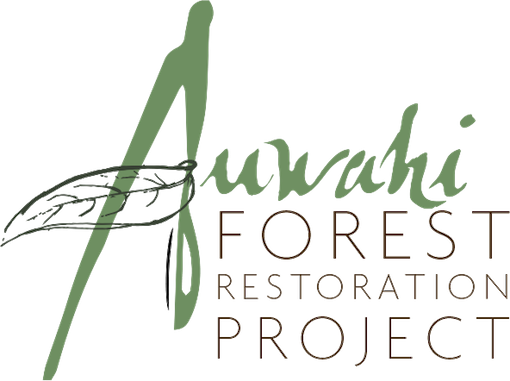The Auwahi project offers a unique and influential platform to serve as a model for other private landowners and public lands interested in improving the watershed properties of their land for commercial, pastoral, or agricultural use. The success of forest restoration efforts at Auwahi and the stark vegetation contrasts created between unrestored non-native grasslands and adjacent tracts of restored native forest allows a near unique opportunity to reduce experimental ‘noise’ that often impacts such studies and to separate and quantitatively evaluate the components that control aquifer health.
Experimental irrigation system and meter-deep Enviroscan soil probes were used to quantitatively compare restored native forest areas with adjacent, non-native grasslands, Auwahi, Maui island, Hawai`i.
Beginning in 2012, in collaborations with the US Geological Survey, surface and incremental 1-meter deep soil moisture probes and sap flow tree probes have been used to quantify differences between forest and grasslands. Such differences are often speculated upon but rarely allow documentation. Hydrology research in Auwahi has resulted in two recent publications, important in that they broaden our understanding of this critical topic of which so little is known, i.e. the relationship of vegetation type and hydrological function (Effects of native forest restoration on soil hydraulic properties, Auwahi, Maui, Hawaiian Islands. Perkins, K. S., J. R. Nimmo, and A. C. Medeiros. 2012. and Assessing effects of native forest restoration on soil moisture dynamics and potential aquifer recharge, Auwahi, Maui. Perkins, K. S., J. R. Nimmo, A. C. Medeiros, D.J. Szutu, and E.I. von Allmen. 2014). The 2012 publication, funded in part by the County of Maui Department of Water Supply, was nationally recognized by the American Geophysical Union as documenting globally important findings and selected as an “AGU Research Spotlight” and the subject of a national USGS press release.
Experimental irrigation system and meter-deep Enviroscan soil probe head in non-native grasslands adjacent to restored native forest stands, Auwahi, Maui island, Hawai`i.
Hydrology related publications:



